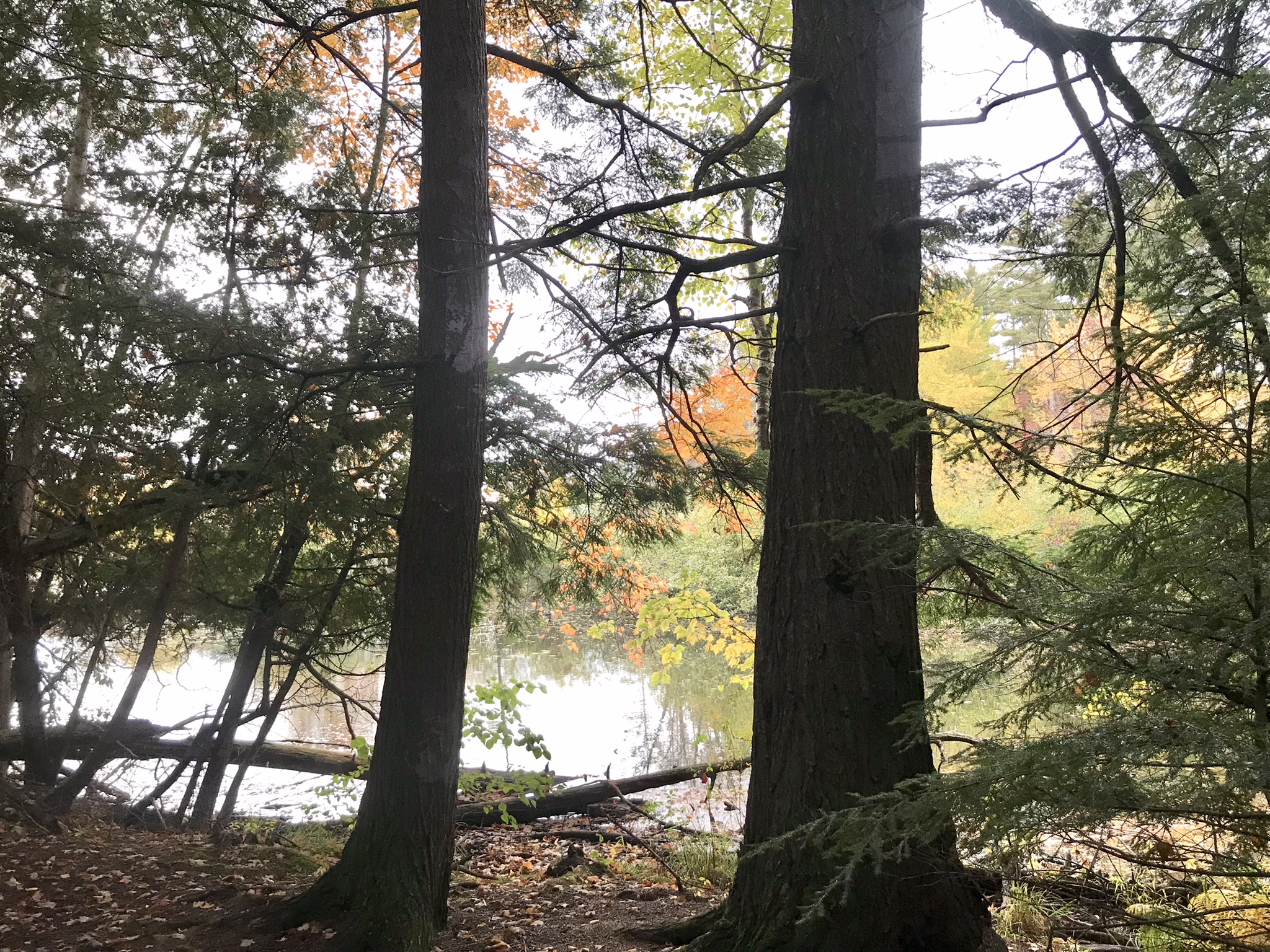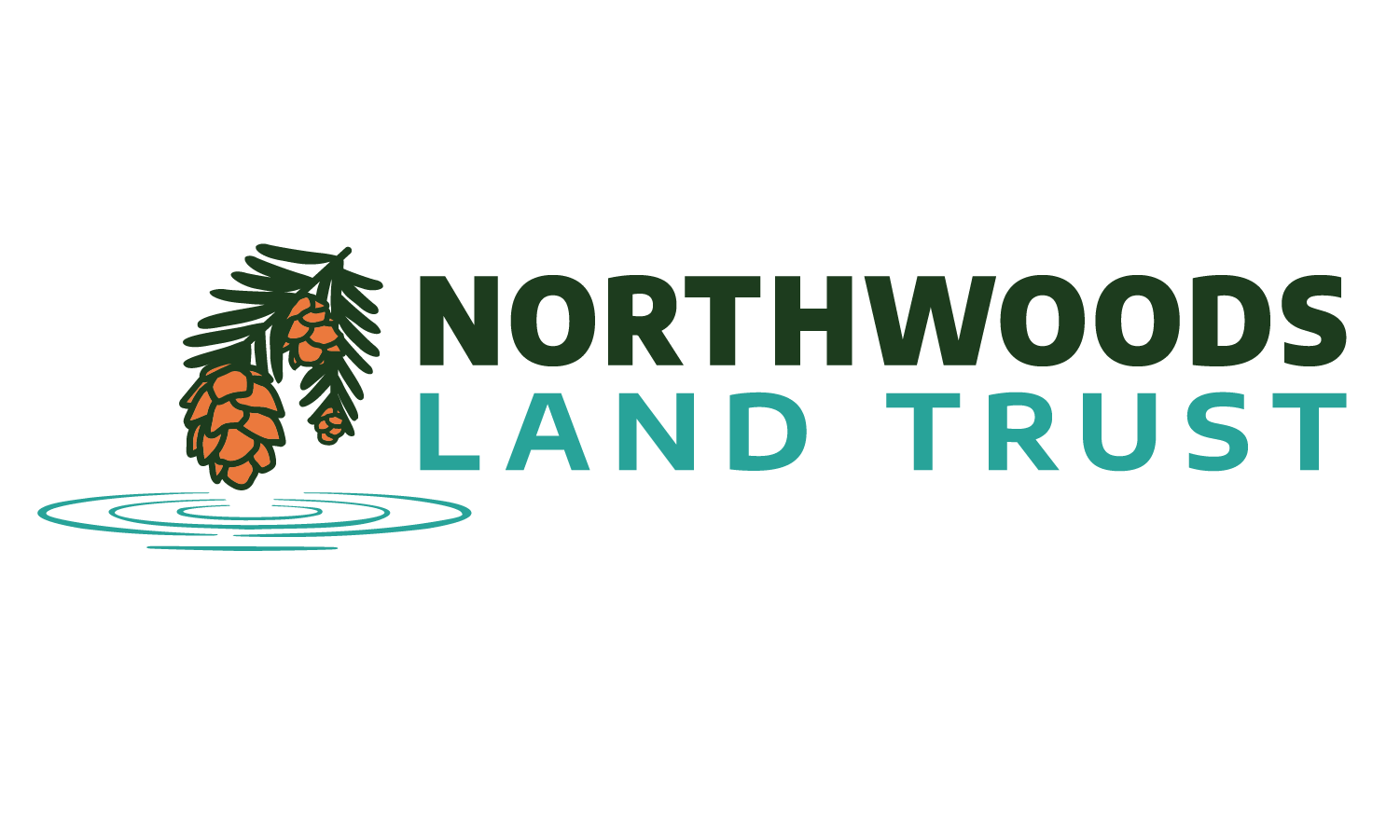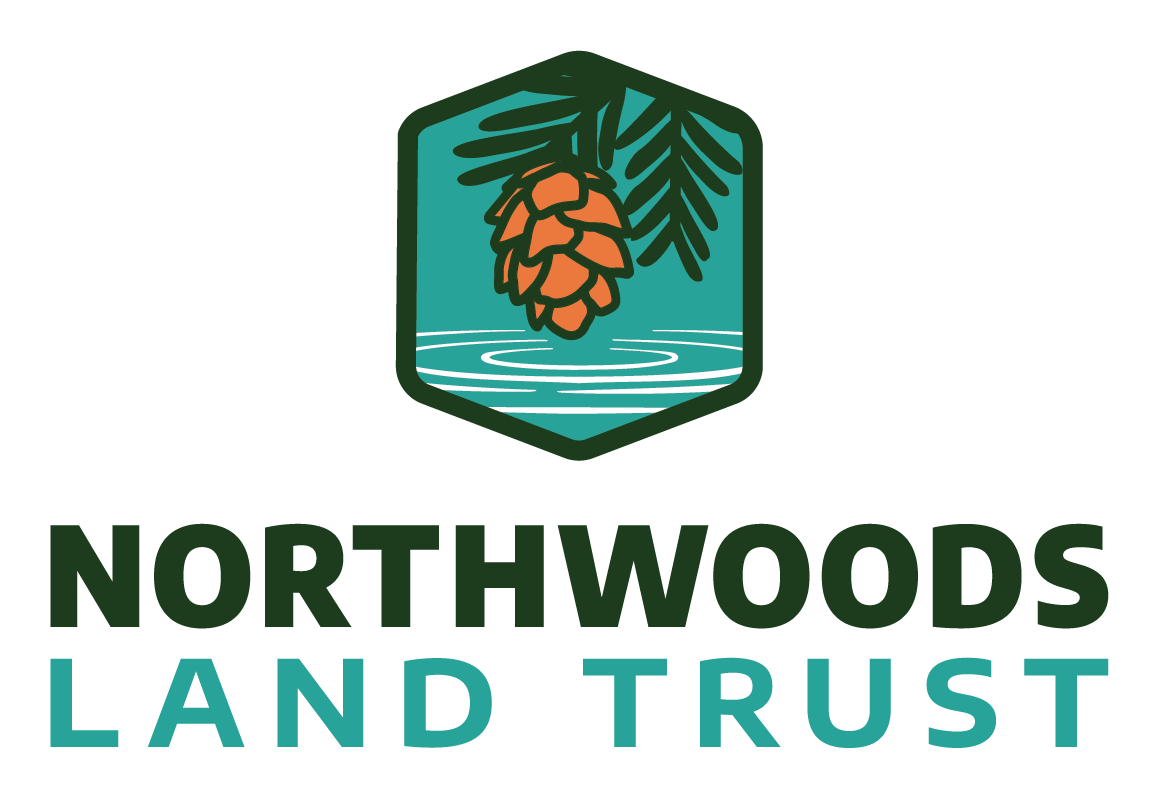
Protecting Hemlock from Deer Browse at the Holmboe Conifer Forest
By Frank Schroyer, Conservation Associate
Often when I think of white-tailed deer (Odocoileus virginianus), the most iconic woodland species in our region, my mind eventually works its way to thinking of eastern hemlock (Tsuga canadensis).
During the turn of the 19th century the expansive hemlock forests in the upper Great Lakes region, prized for their usefulness in the tanning industry, were largely cut during massive logging operations. Nearly 99% of hemlock forest was lost during this time.
It was anticipated that after the decimation of hemlocks, they would recover over a period of time. That has not happened, and in the 70s and 80s scientists began to wonder why. What became clear through many years of research is hemlock requires some very specific conditions to grow, and saplings face many obstacles to reach maturity, the most impactful being deer browse.
Hemlocks germinate best in well-shaded, moist, mineral rich soils or other course woody debris (dead trees). Saplings can take up to a hundred years to reach canopy level heights, and may only grow a few meters tall in the first few decades of life. Maturity is especially difficult to achieve in the presence of herbivory.
White-tailed deer have been shown to be highly impactful on vegetation and forest ecosystems as a whole. Now present on the landscape in numbers 2 to 5 times more dense than pre-European colonization, deer are having greater impacts than ever before. In fall and winter, they will often seek hemlock saplings as a source of food, resulting in high mortality rates among these young trees.
At the Holmboe Conifer Forest in Rhinelander, we installed a deer exclosure to combat herbivory and promote hemlock growth. These fences help to keep deer out of areas where regeneration is occurring, or is very likely to occur. So far, the exclosure has been very effective at encouraging regeneration of eastern hemlock, white cedar, and Canada yew. These three species are slow growing, so many of the new trees/shrubs are still only waist high. The fencing will be removed when the terminal buds (tops) of the trees are at least 6 feet high, because that is typically how high up deer can reach browse. By preventing saplings from getting mowed over by deer, we lend a helping hand to hemlocks. This management technique helps create mature trees which can then produce more cones and seeds, like the ones found at Holmboe, a designated national old-growth forest site.
So, take a walk around your property this month, and look around for hemlocks or other susceptible conifers such as Canada yew. There may be areas where you too can install some fencing to keep deer out while the evergreen saplings make their long journey upward. This is a recommended practice if you wish to manage your hemlock-hardwood forests to maturity (visit our Old-Growth Forest Initiative for more information).


